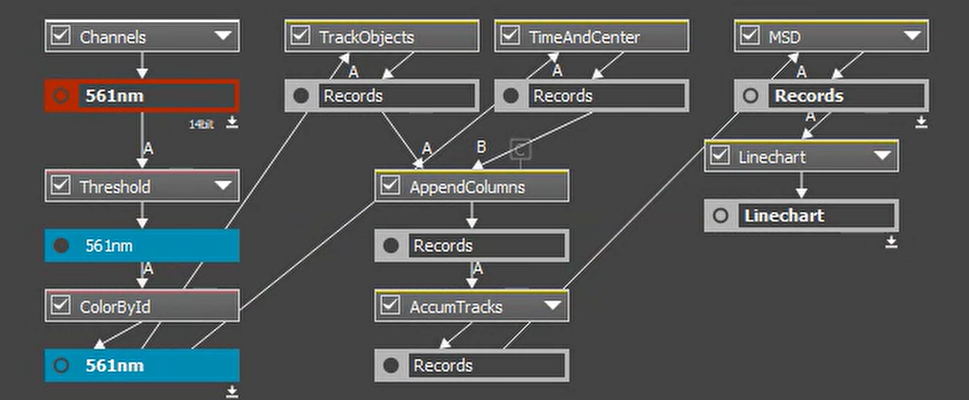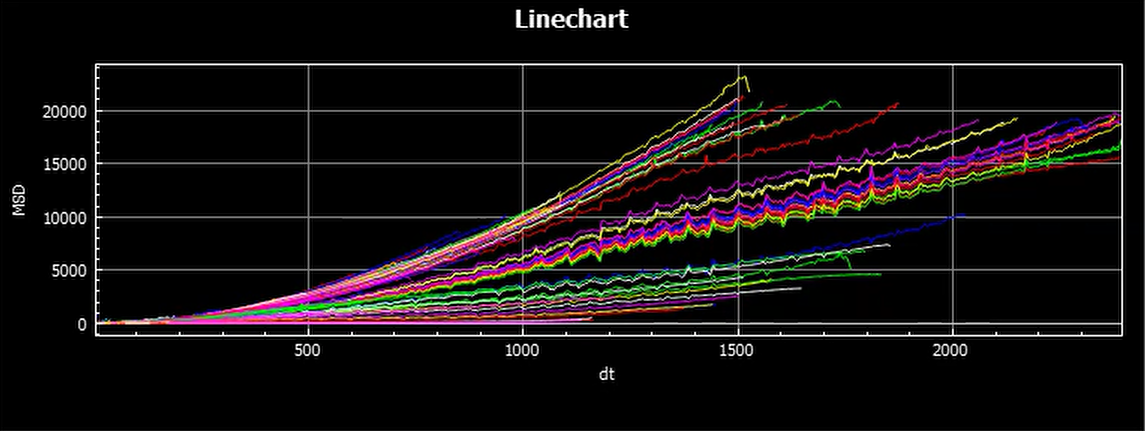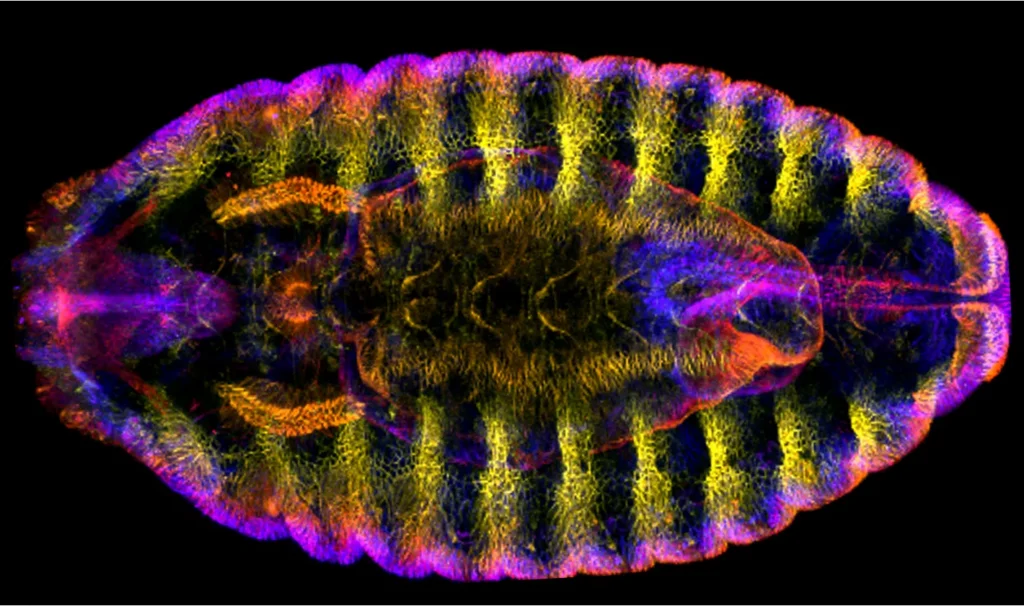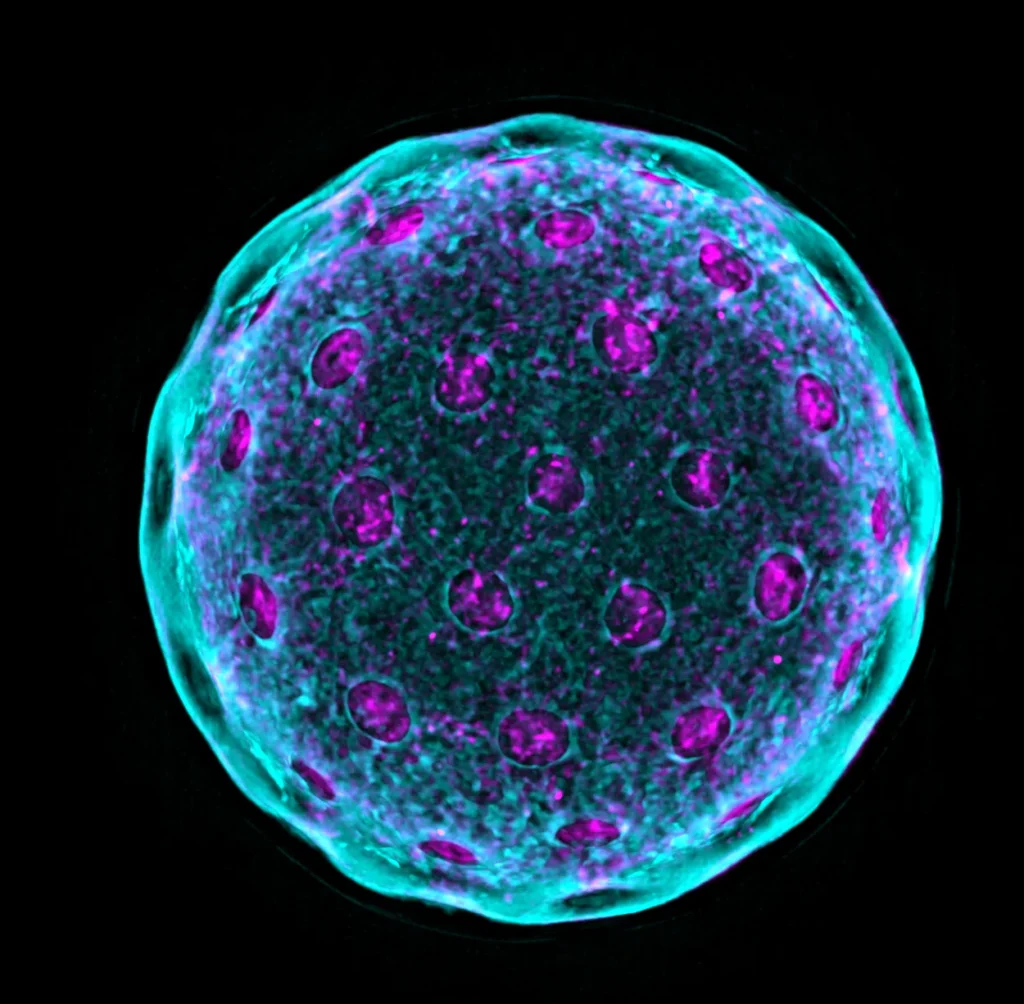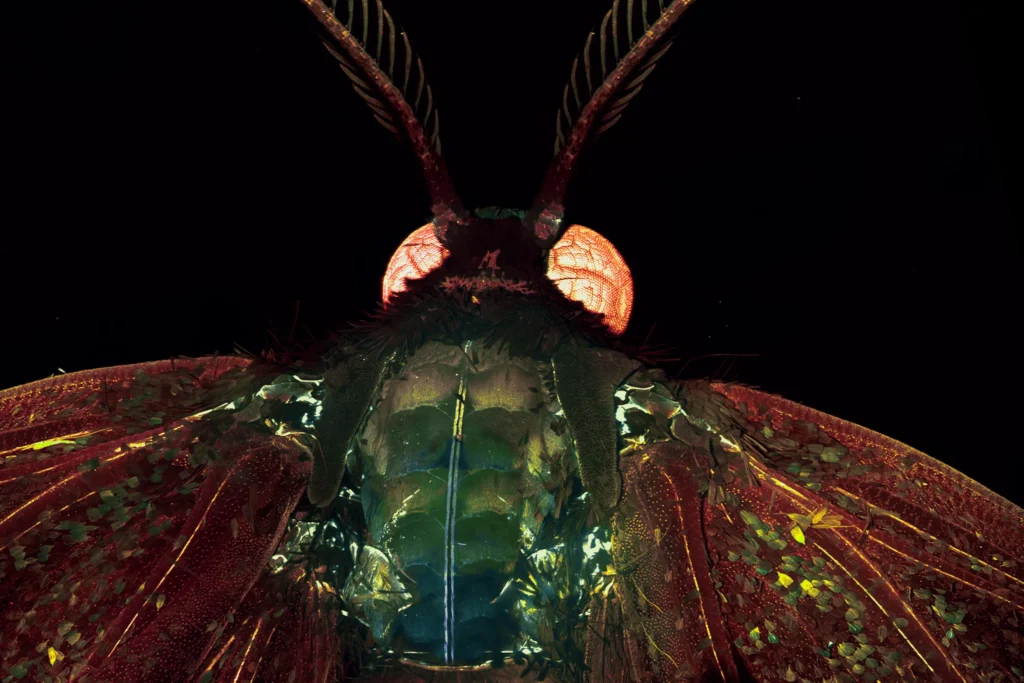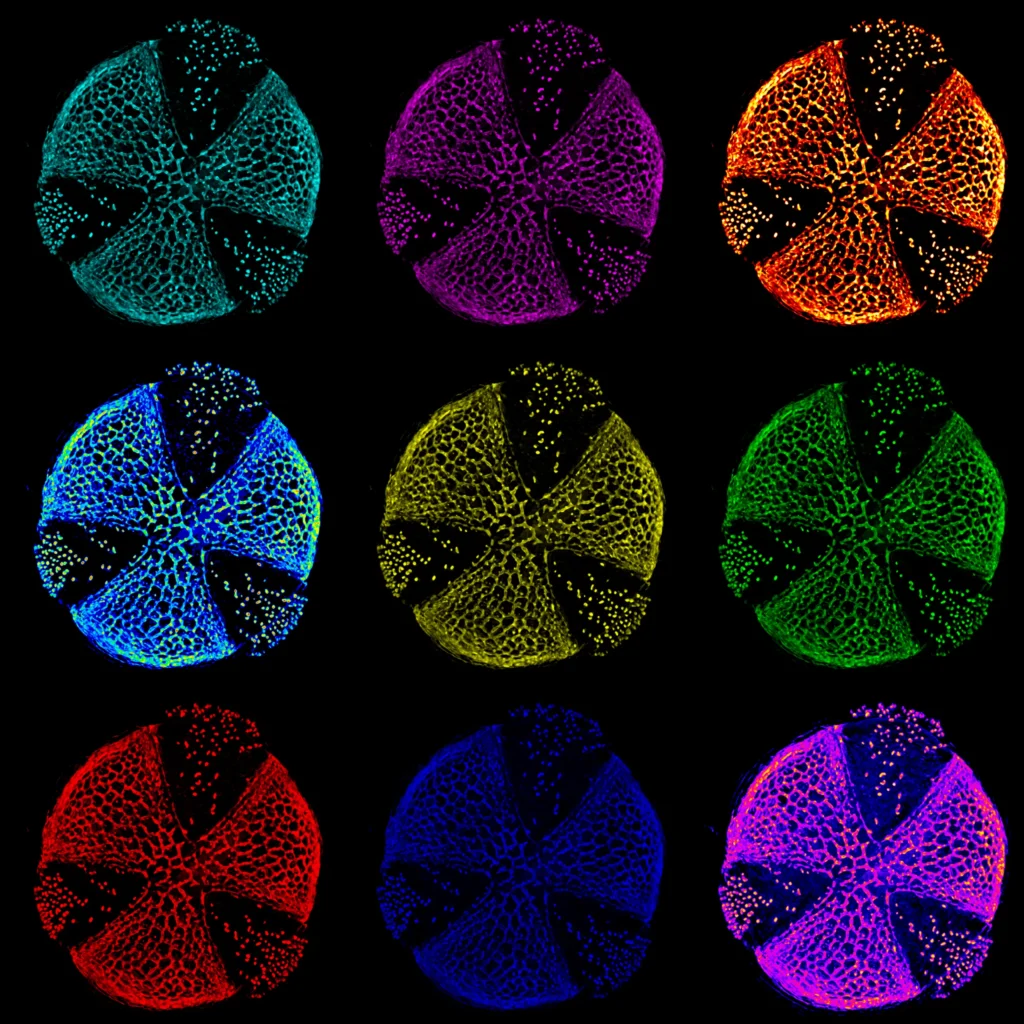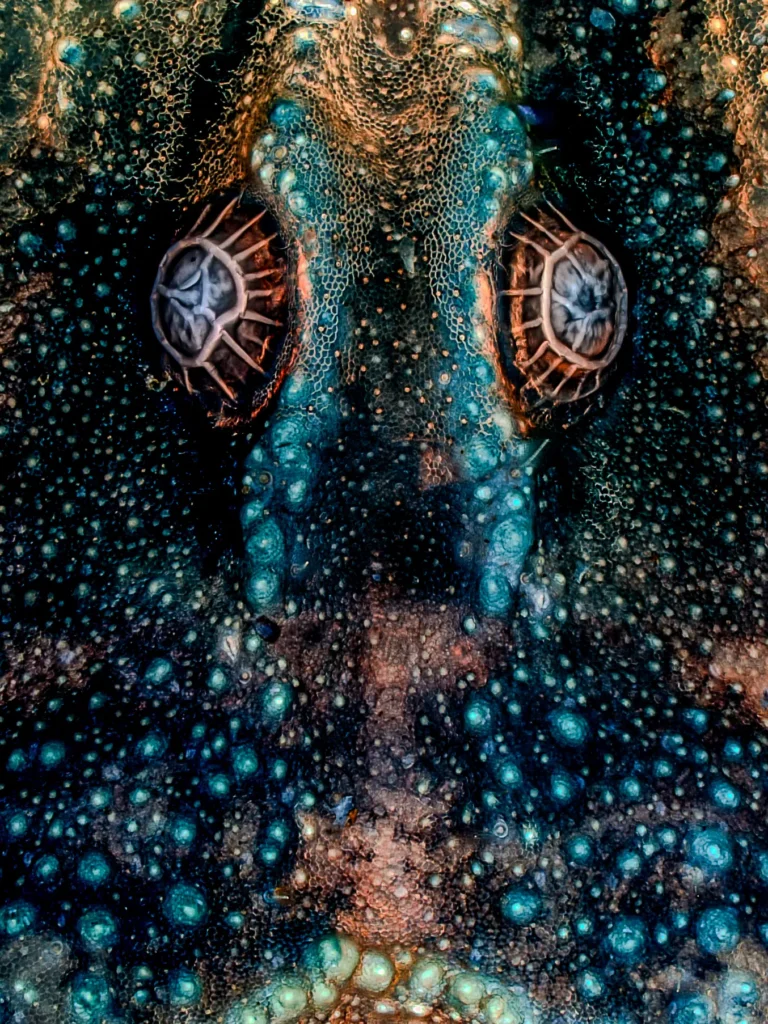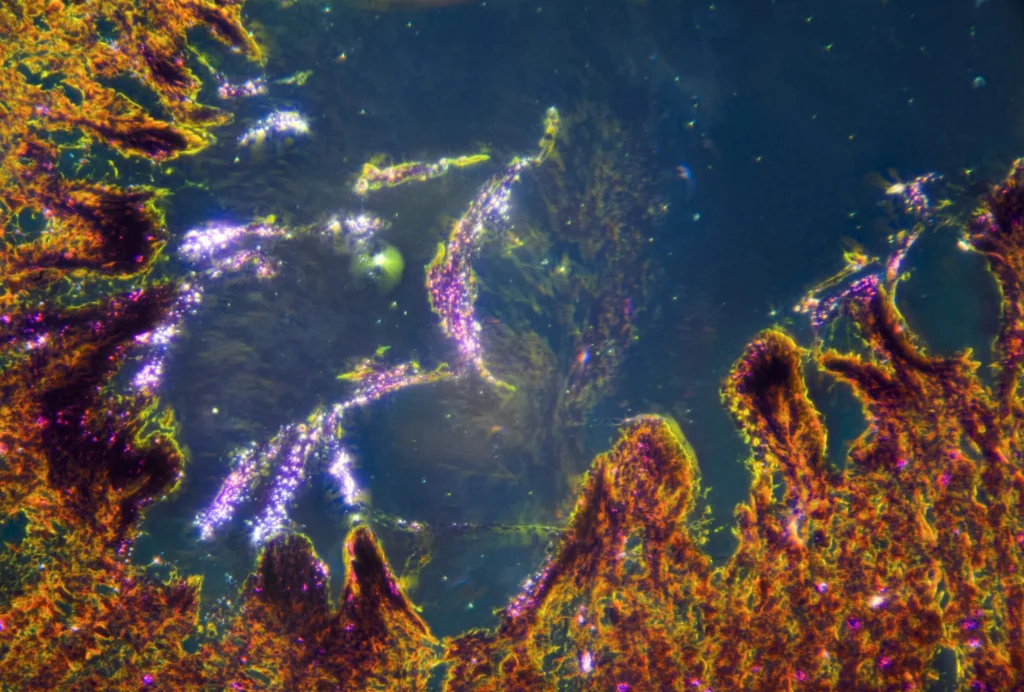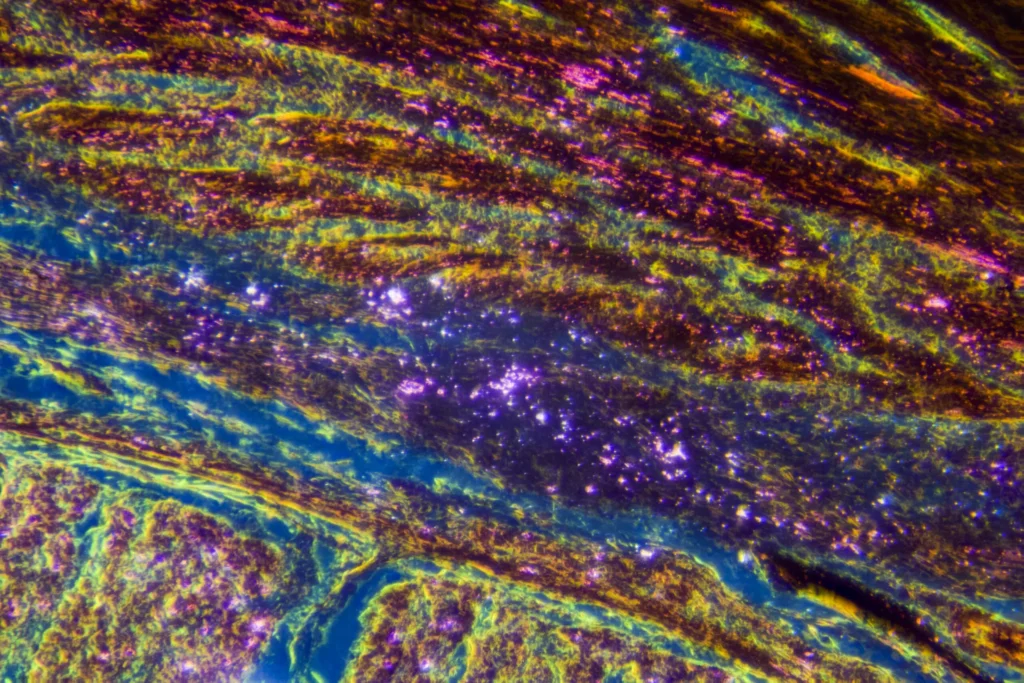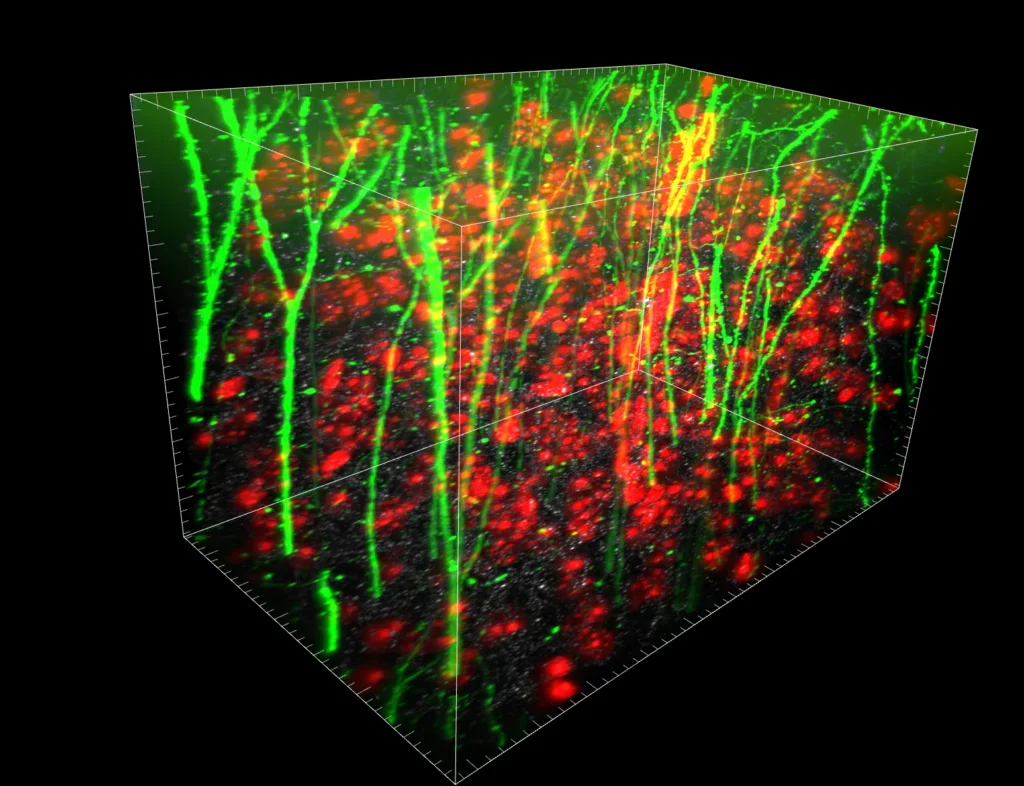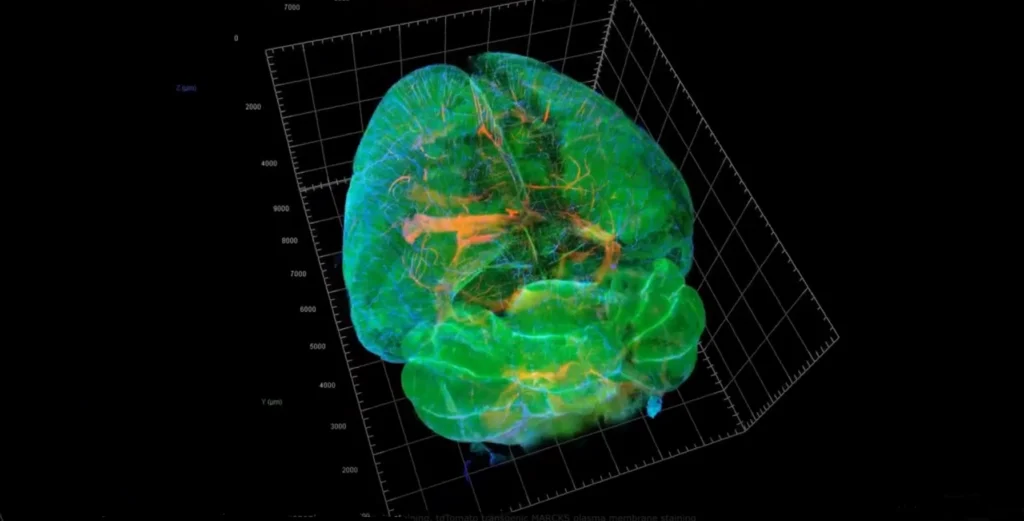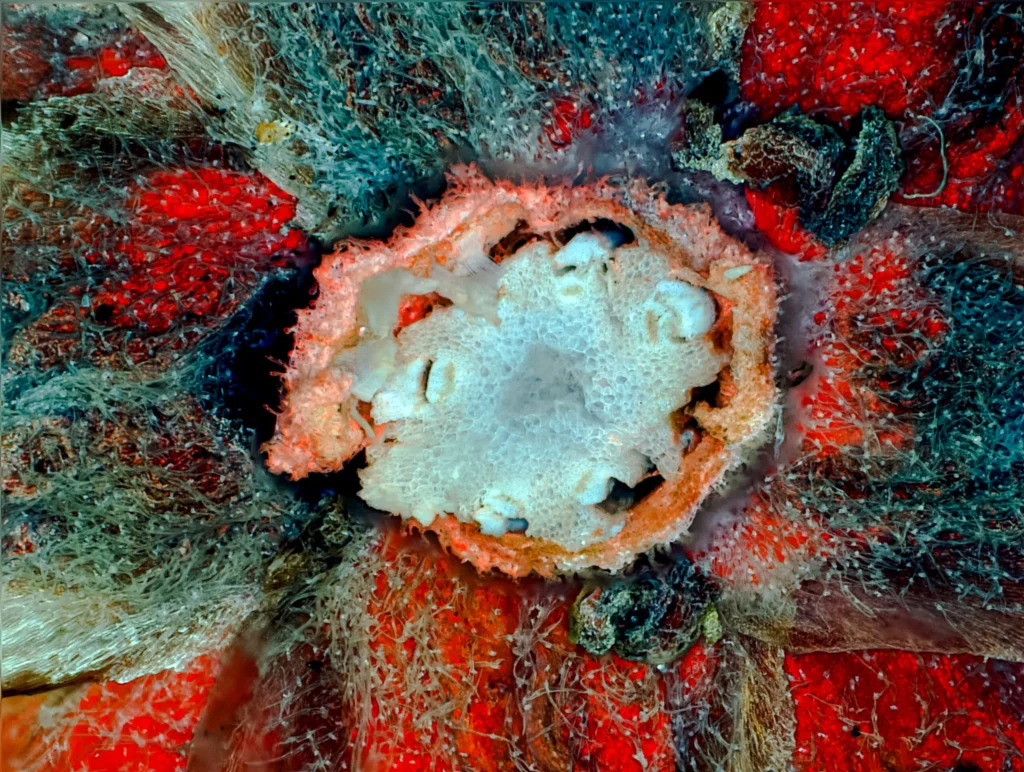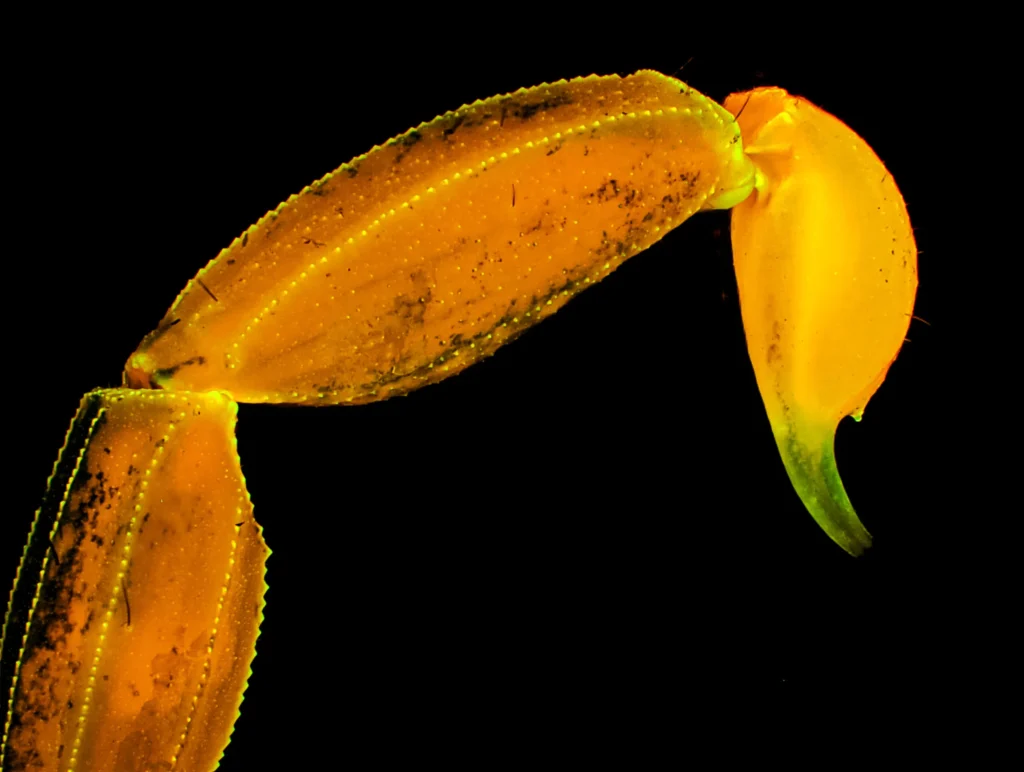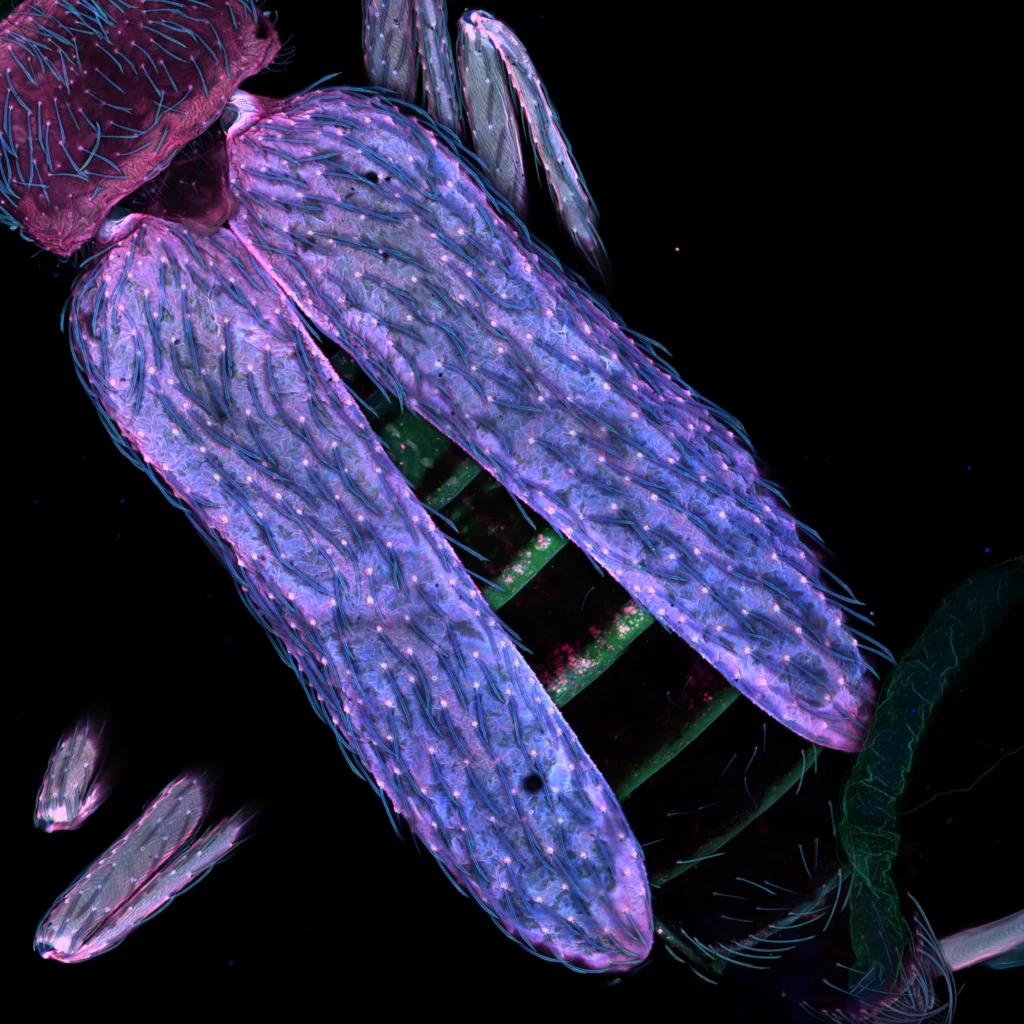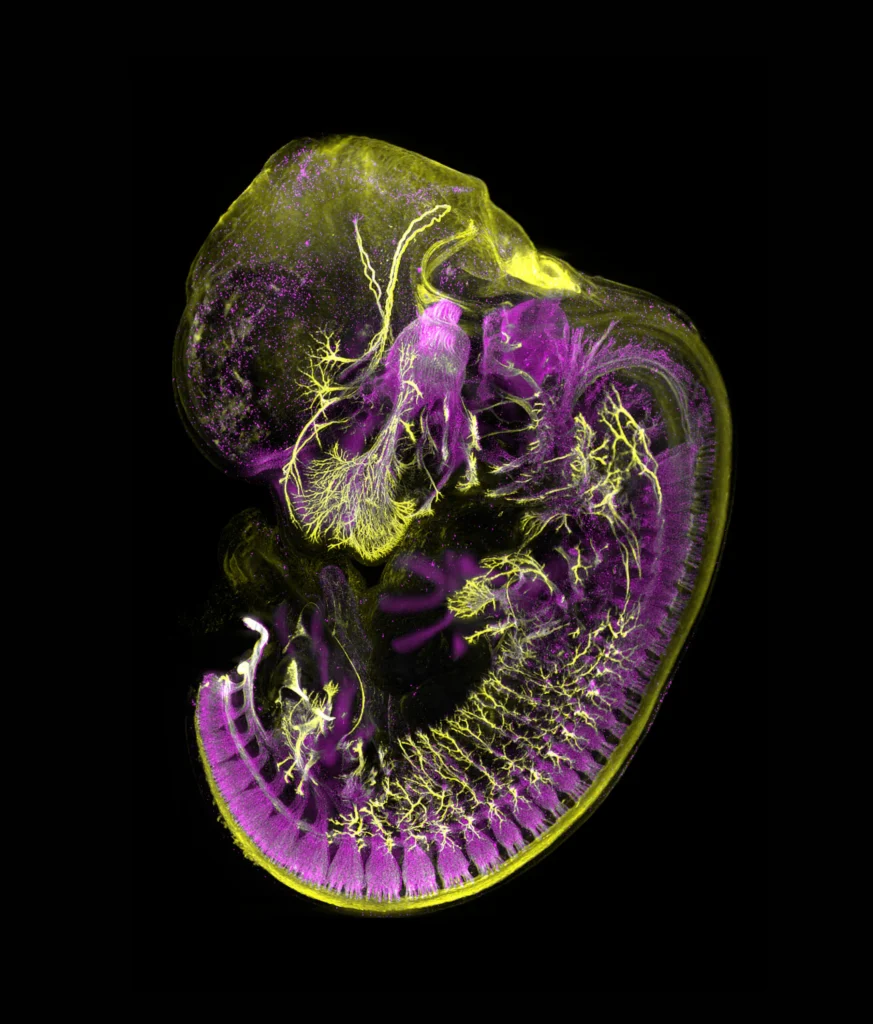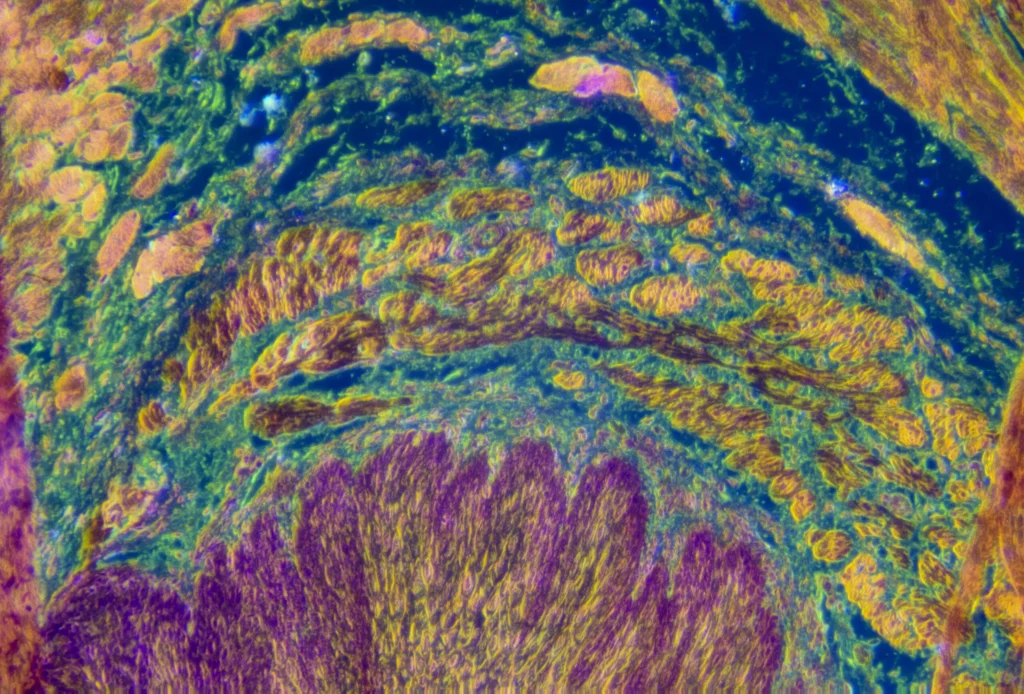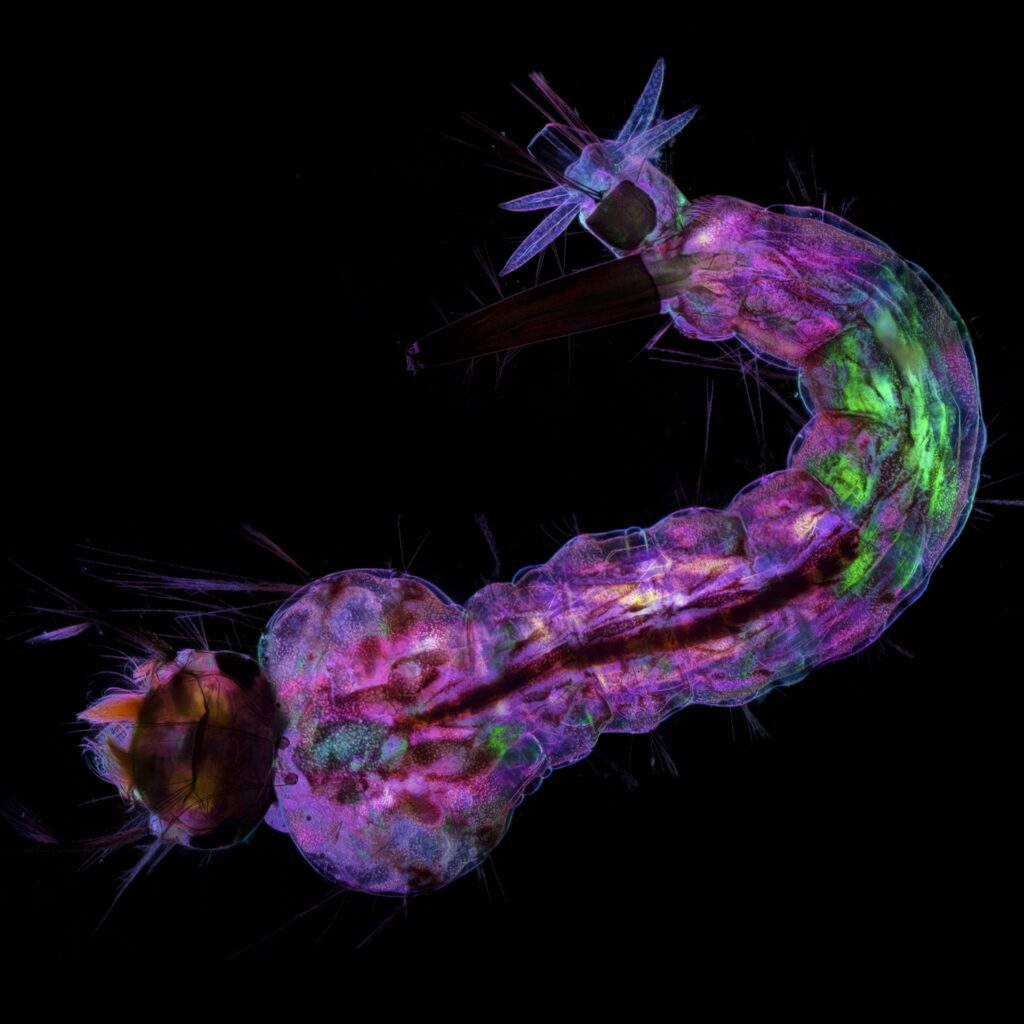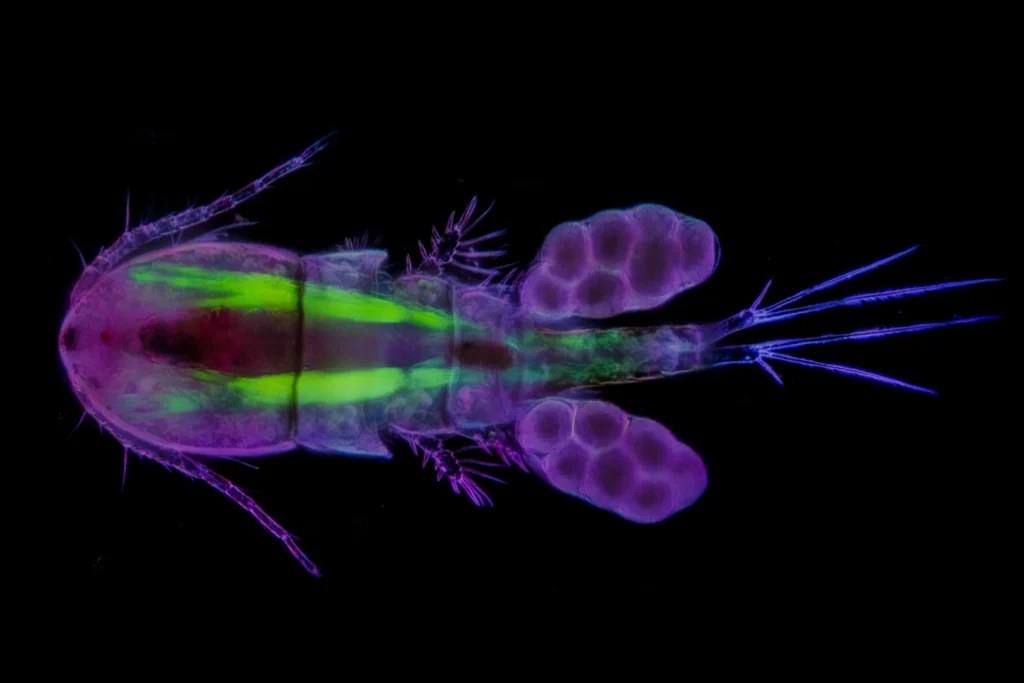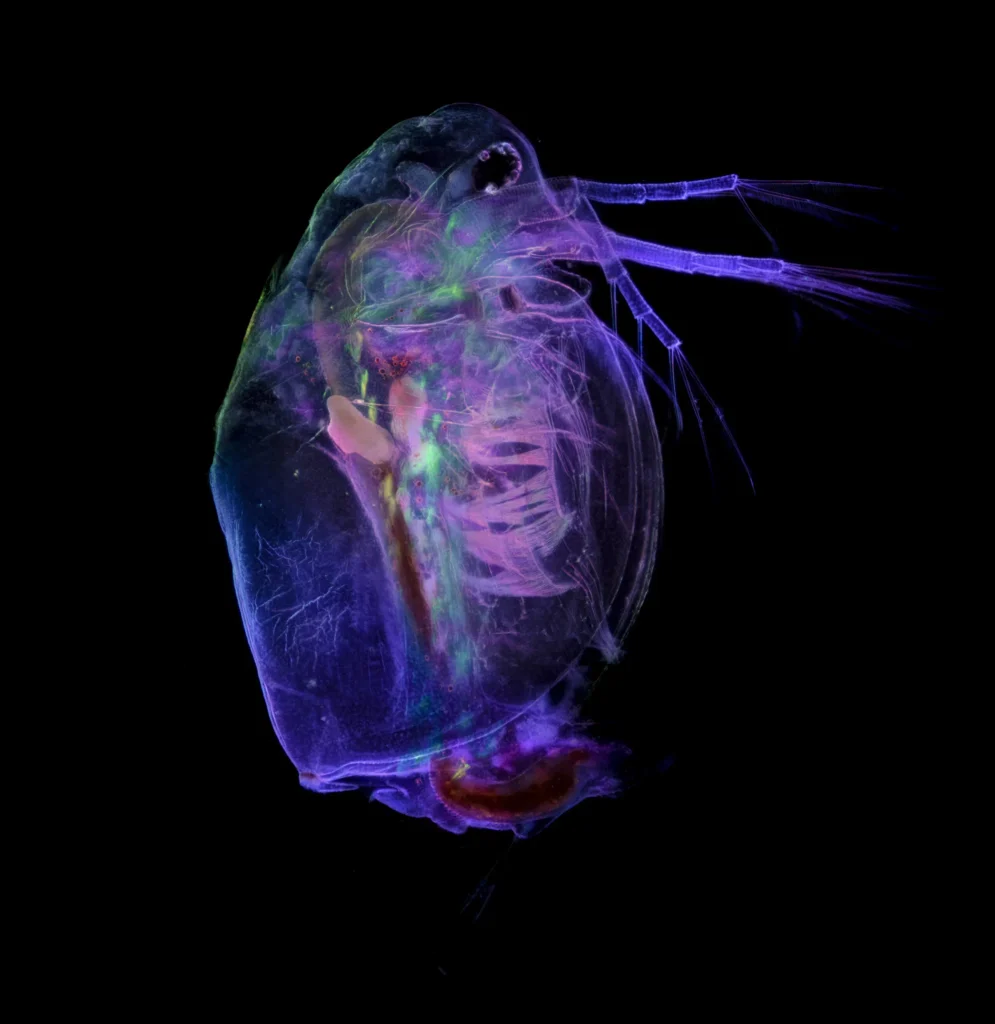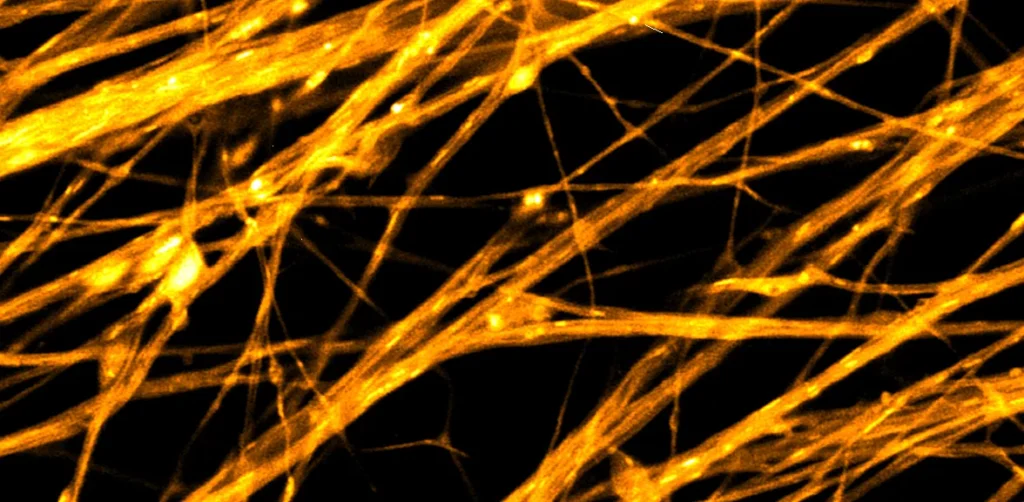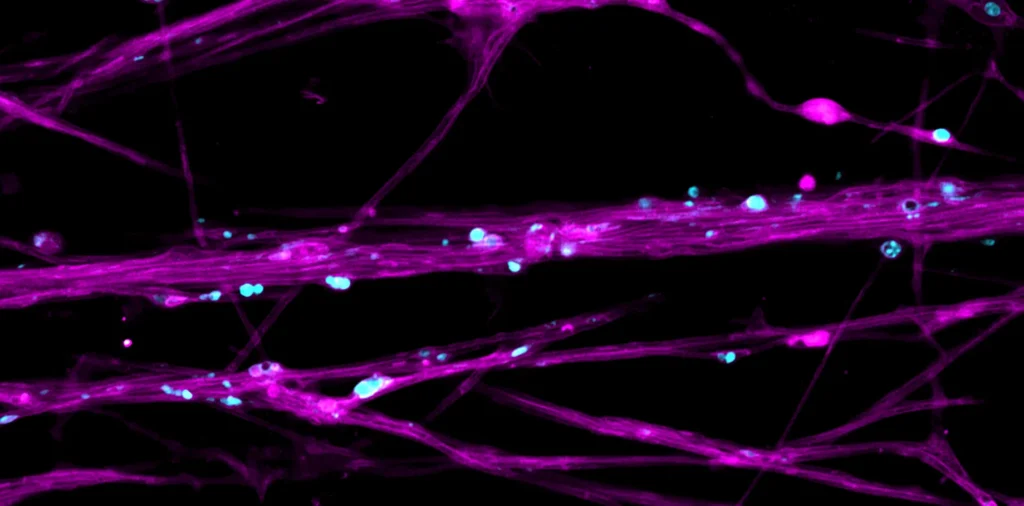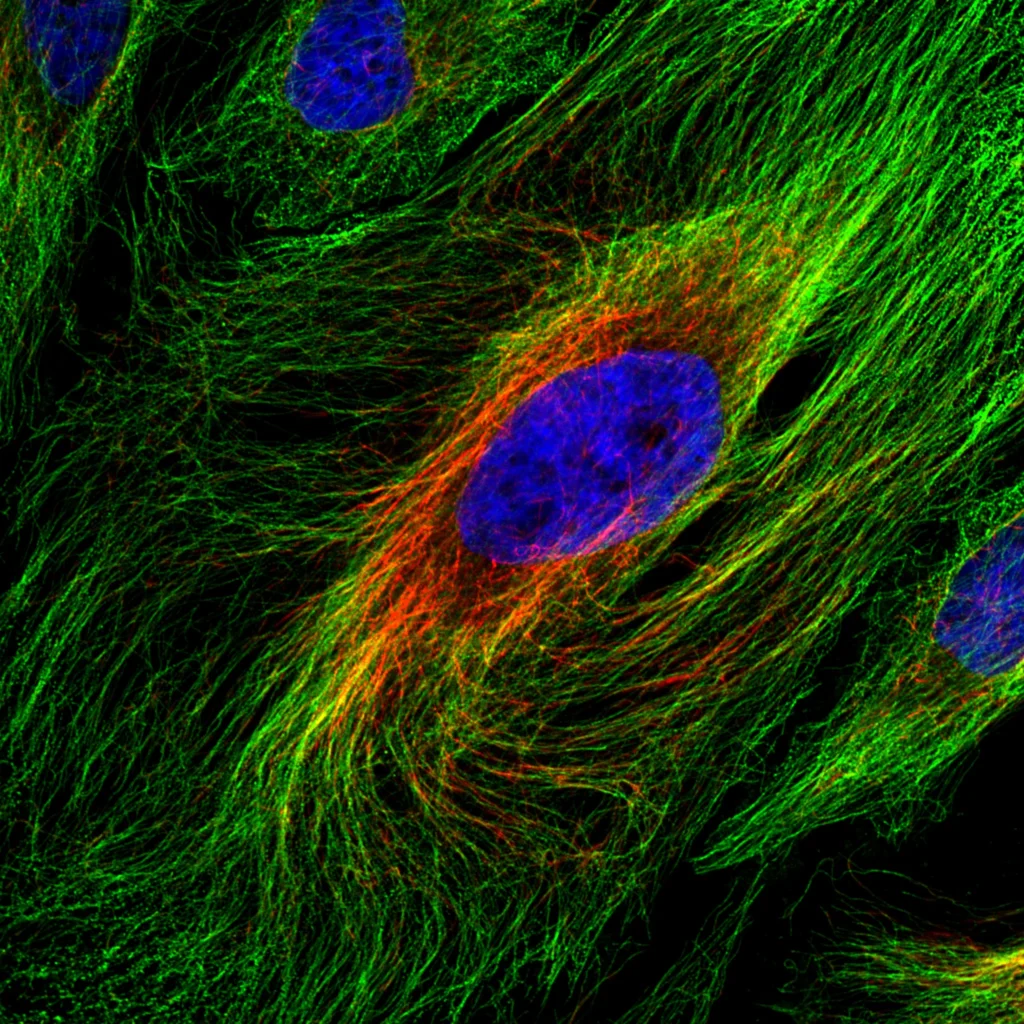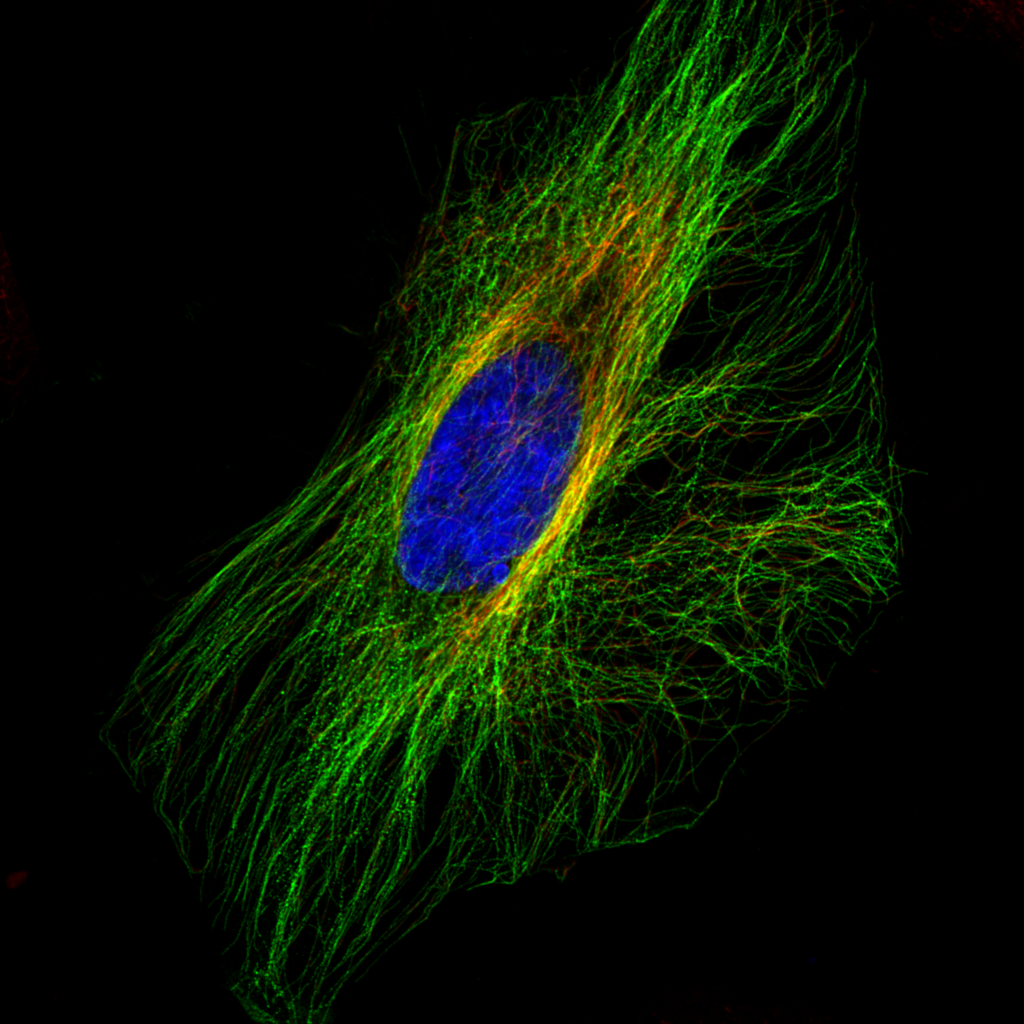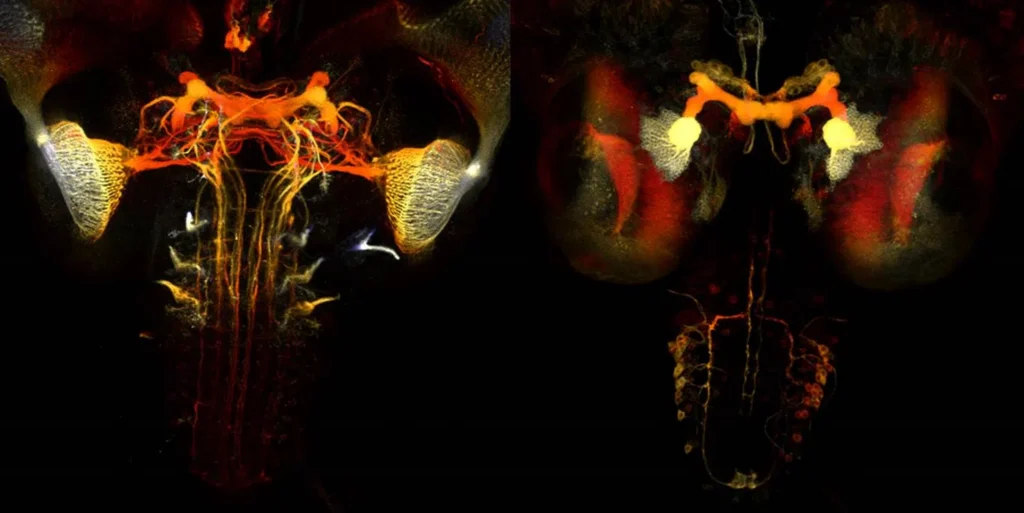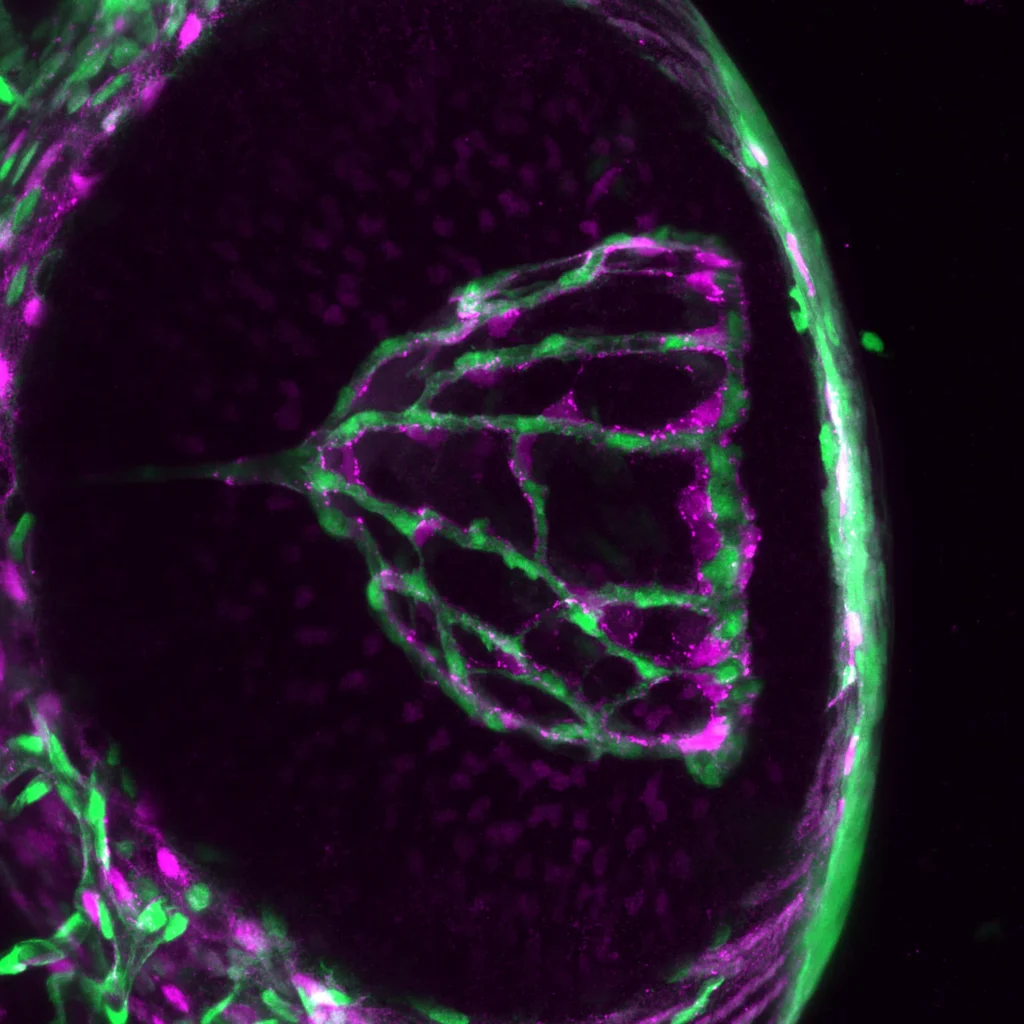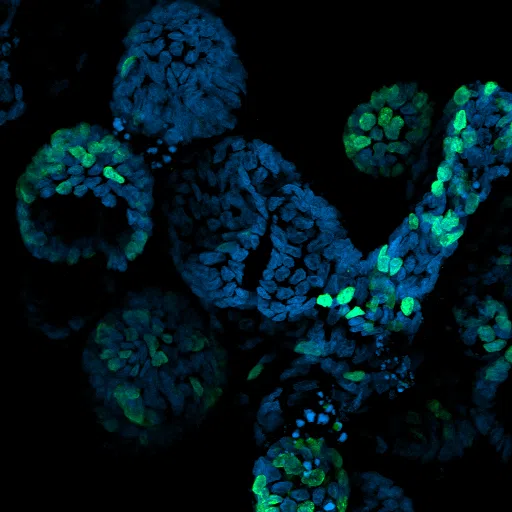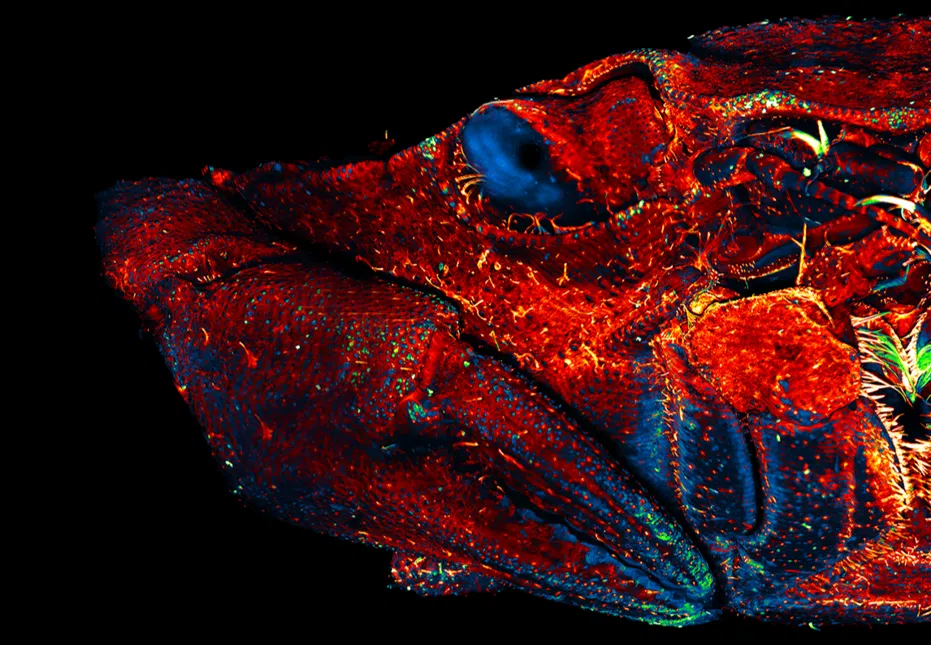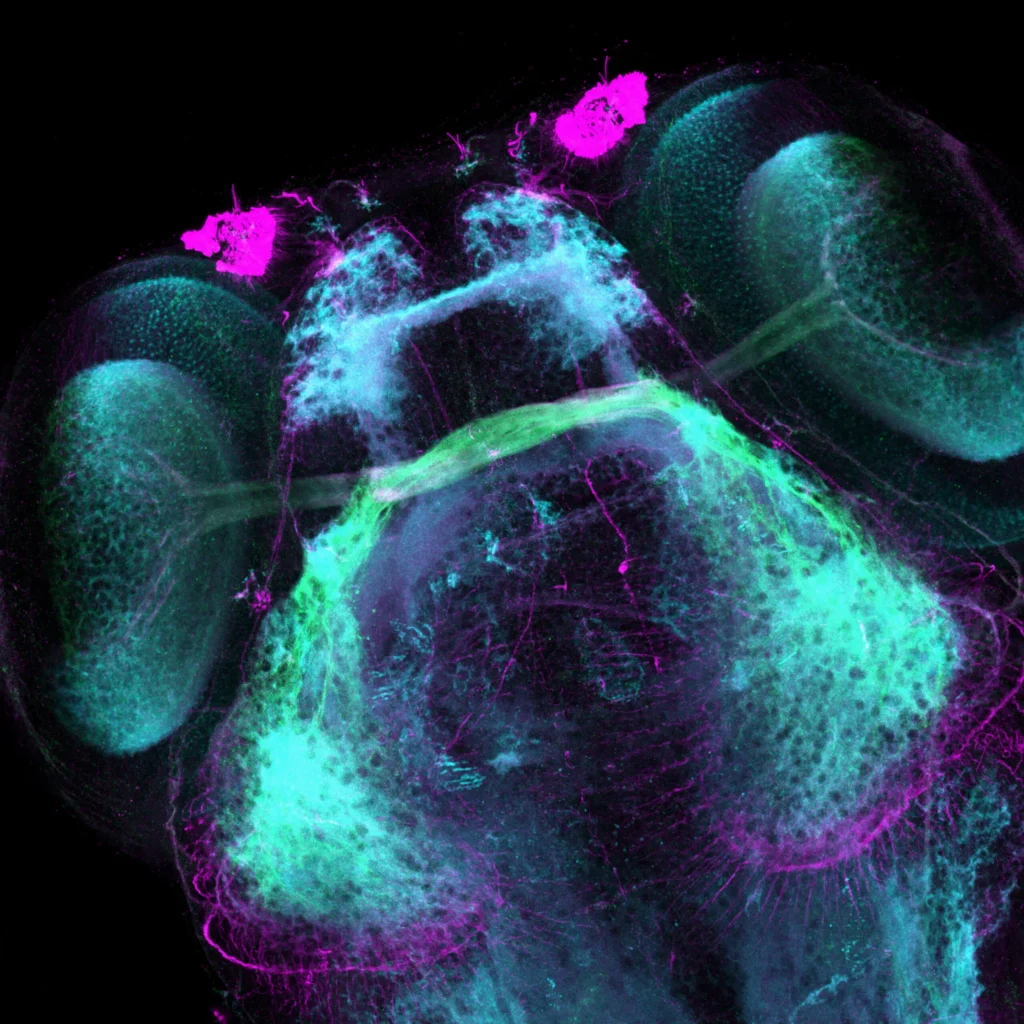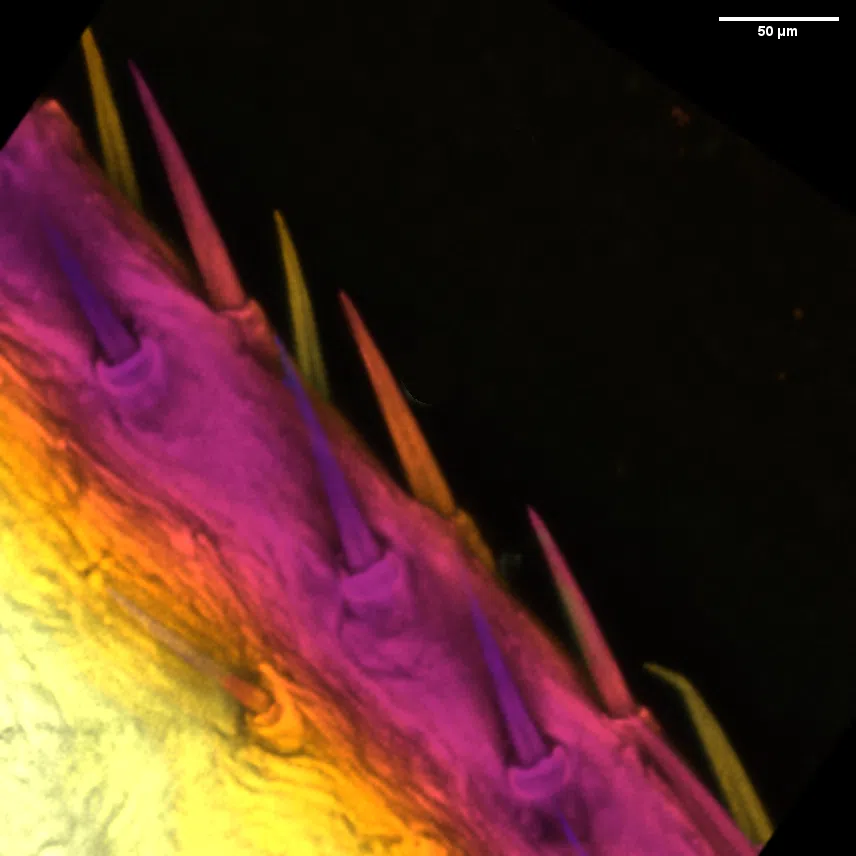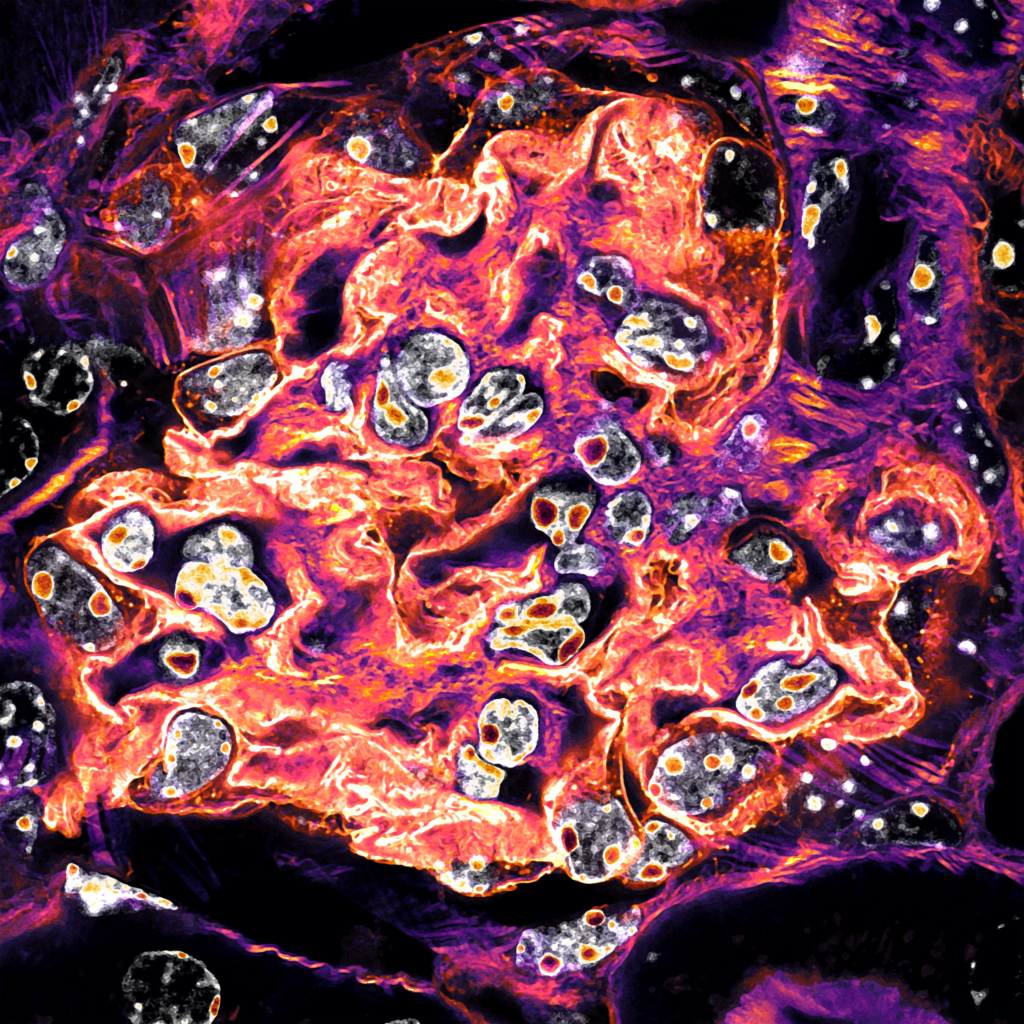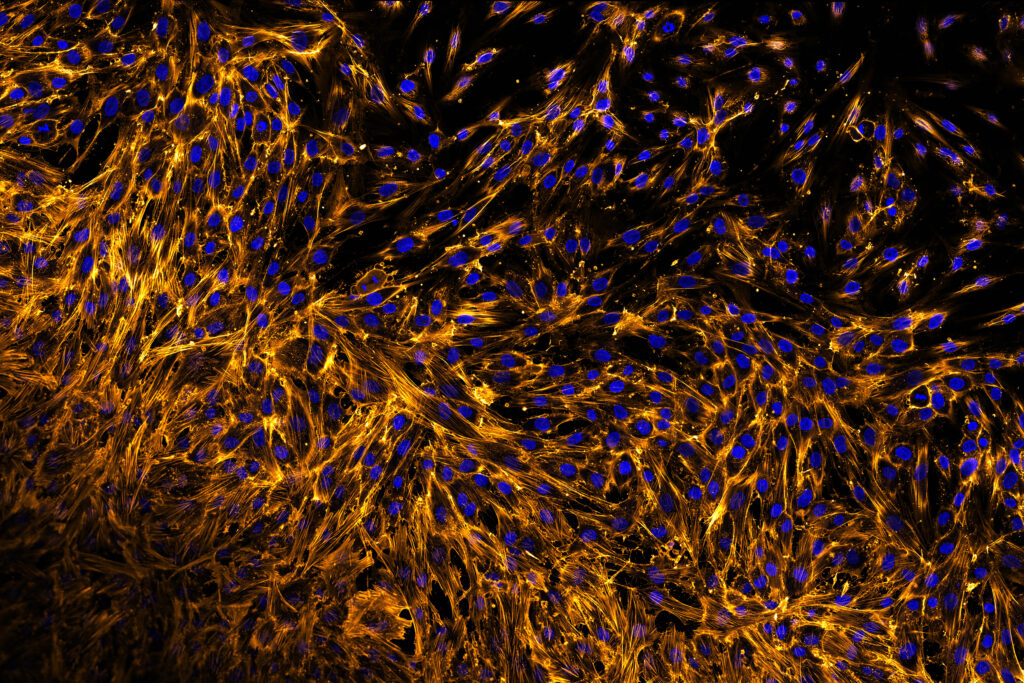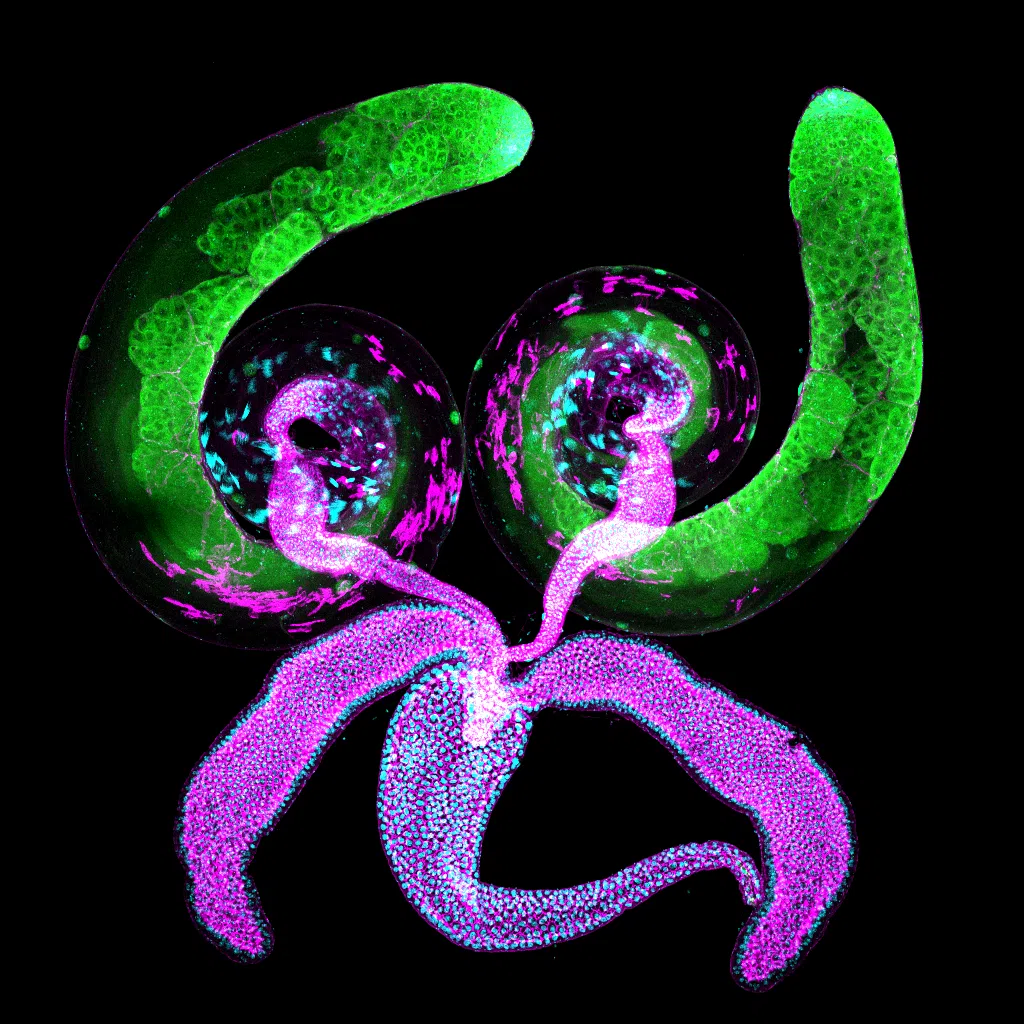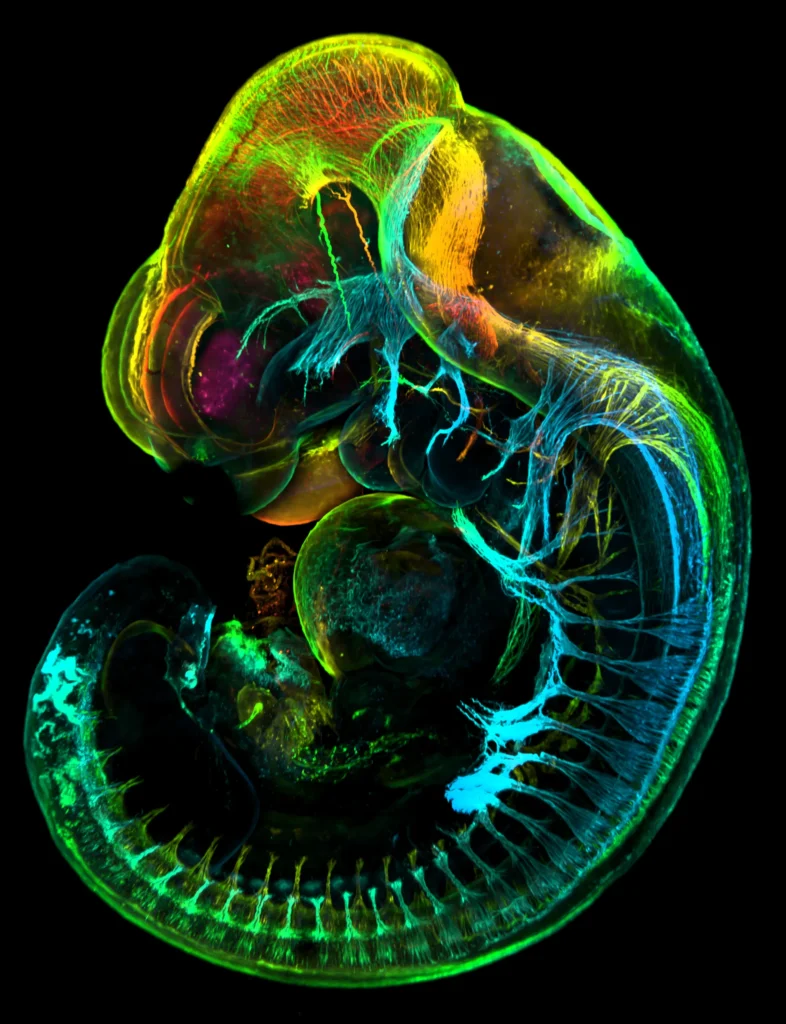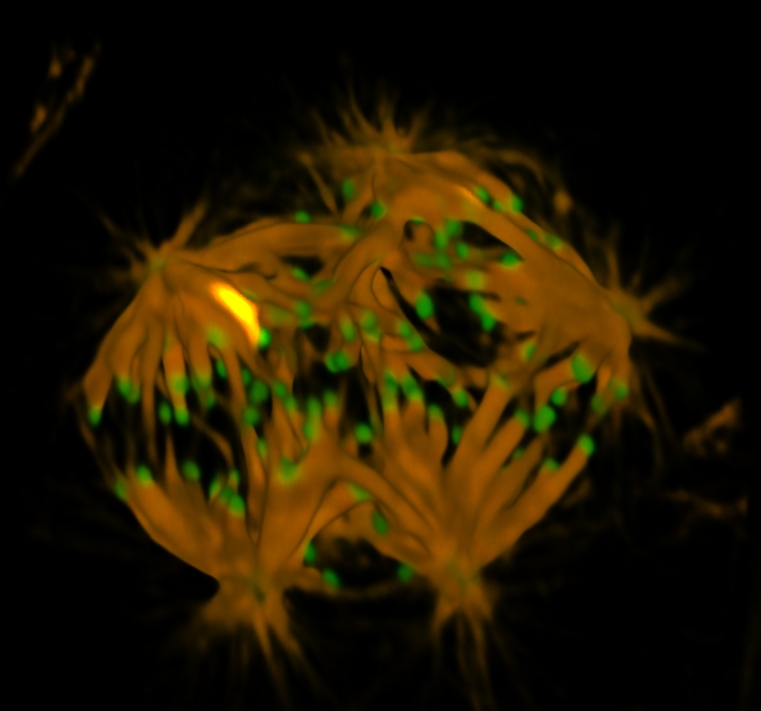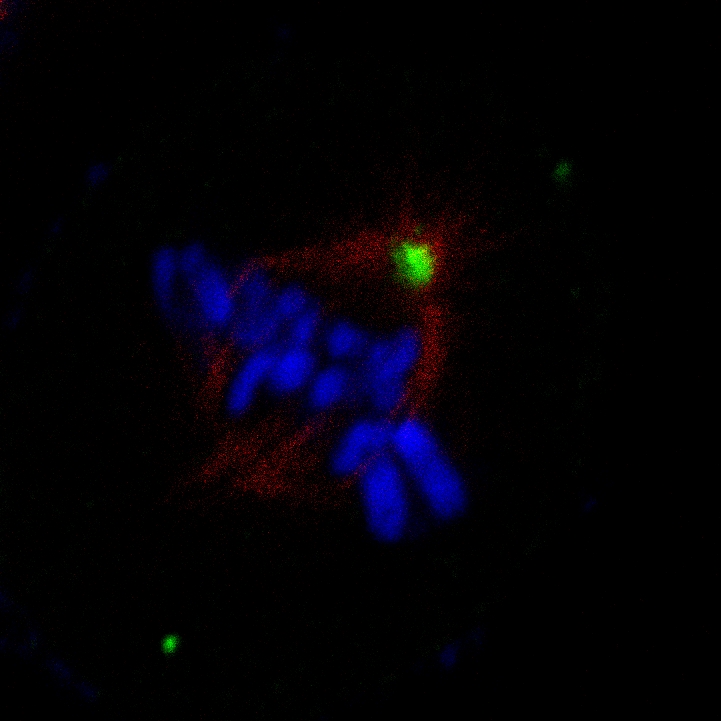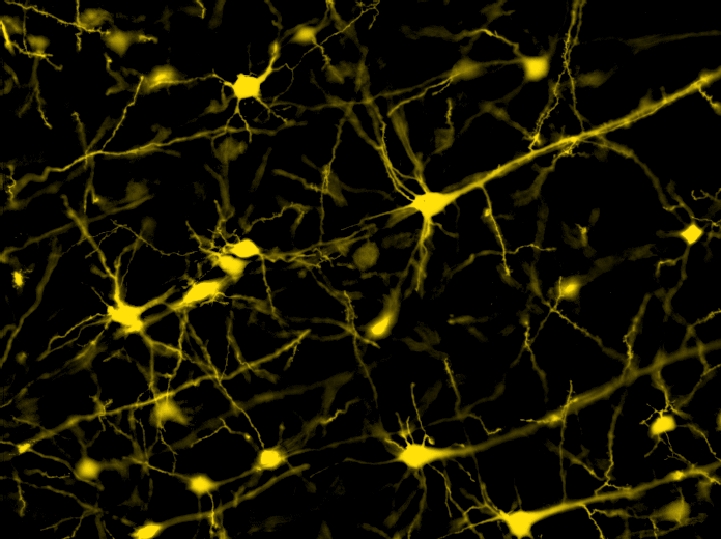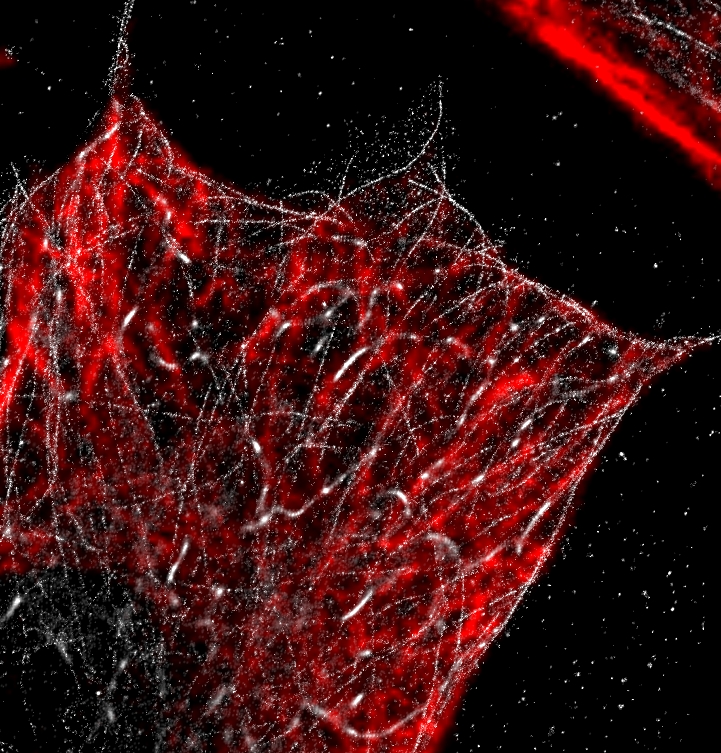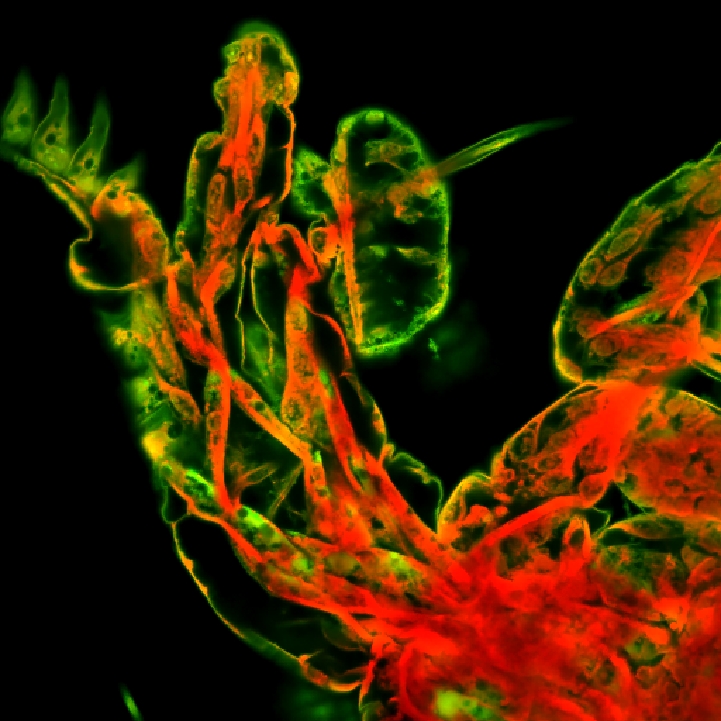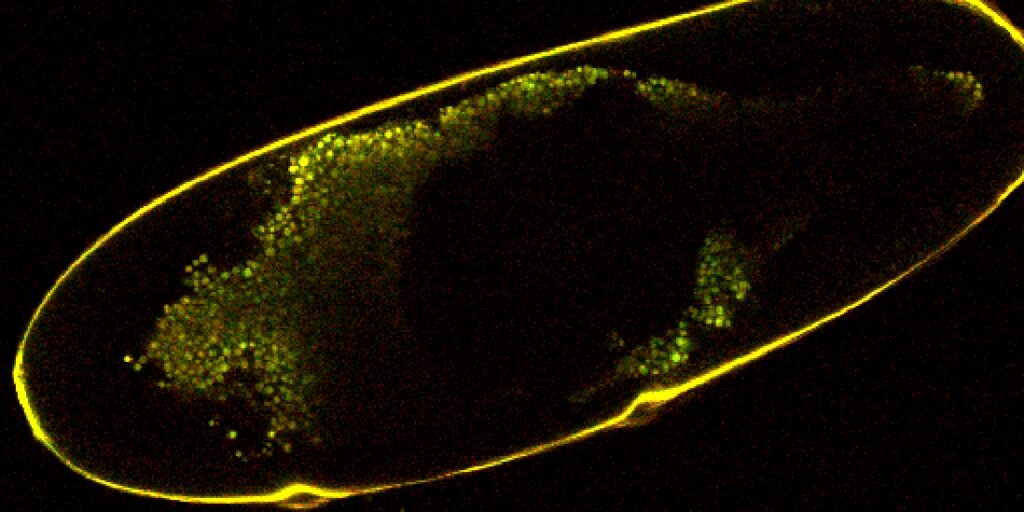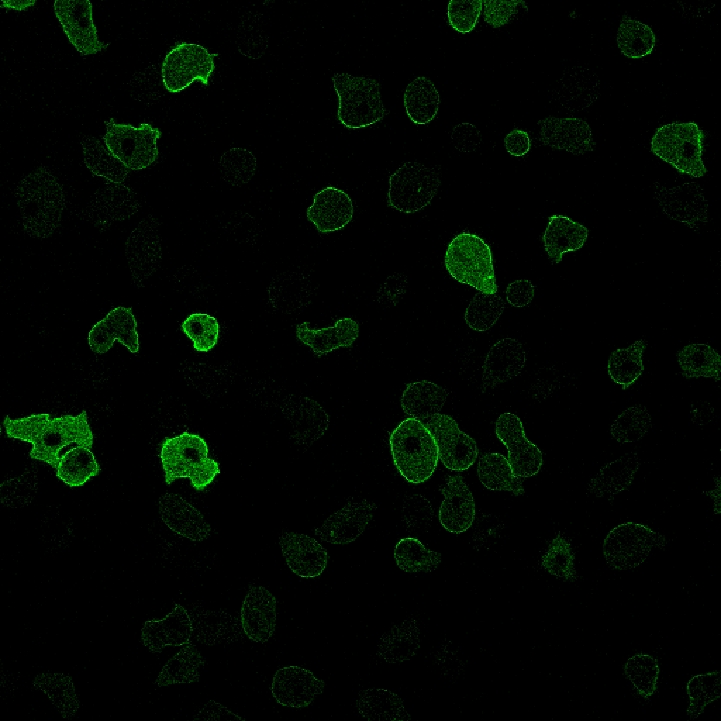| Time & Center (2D) | Creates a table with the time metadata and X/Y position of the center of each binary object in a frame, considering the top left corner as (0,0). Using Accumulate Records on the output will give data for each frame of the file. |
| Time & CenterAbs (2D) | Same as Time & Center (2D Object Position) but uses the center of the image as (0,0) X/Y coordinates. |
| Time & Centroid (2D) | Creates a table with time metadata and X/Y coordinates from the top left corner of the centroid of each binary object, which weights binary objects by the intensity underneath them. |
| Time & CentroidAbs (2D) | Same as Time & Centroid (2D Object Position) but considers the center of the image as (0,0). |
| Track Objects (2D) | Tracks larger objects between frames, must overlap between frames to count. Tracked objects share the same Track ID but their Object ID may differ between frames. |
| Track Particles (2D) | Tracking for objects that do not overlap between frames. Need to specify columns representing position and time. Lots of options for adjusting motion detection. |
| Time & Center (3D) | Creates a table with the time metadata and X/Y/Z position of the center of each binary object in a frame, considering the top left lowest z-value corner as (0,0,0). Using Accumulate Records on the output will give data for each frame of the file. Can be accessed by turning on the 3D toggle. |
| Time & CenterAbs (3D) | Same as Time & Center (3D Object Position) but uses the center of the z-stack as (0,0,0) X/Y/Z coordinates. Can be accessed by turning on the 3D toggle. |
| Time & Centroid (3D) | Creates a table with time metadata and X/Y/Z coordinates from the top left lowest z-value corner of the centroid of each binary object, which weights binary objects by the intensity underneath them. Can be accessed by turning on the 3D toggle. |
| Time & CentroidAbs (3D) | Same as Time & Centroid (3D Object Position) but considers the center of the image as (0,0,0). Can be accessed by turning on the 3D toggle. |
| Track Objects (3D) | Tracks larger objects between frames, must overlap between frames to count. Tracked objects share the same Track ID but their Object ID may differ between frames. Can be accessed by turning on the 3D toggle. |
| Track Particles (3D) | Tracking for objects that do not overlap between frames. Need to specify columns representing position and time. Lots of options for adjusting motion detection. Can be accessed by turning on the 3D toggle. |
| Feature Derivative | Given a specified feature column and a time column, calculates the rate of change with respect to time between each point. |
| Motion Features | Given time and position columns, returns a list of motion features if their boxes are checked. Includes lots of useful parameters (velocity, acceleration, heading, turning rate, etc.). |
| Track Features | Like Motion Features, returns various measurements that describe object motion if given time and position data. |
| Accumulate Tracks | If connected to the output table of a tracking node (ex. Track Objects), for each Track ID, creates a list of the corresponding object IDs in tracked frames. Example here: track ID 15 corresponds to different object IDs, but Accumulate Tracks organizes all object IDs with track ID 15.  |
| MSD | Given track IDs, position measurements, and time, measures mean squared displacement of each track ID (if table is grouped, default) or overall mean squared displacement (if ungrouped). Takes some work to set up. Setup and graph of measured MSD shown here. |
 |  |
| Export Tracking | Makes a table of tracking measurements in a new tab of Analysis Results. |

